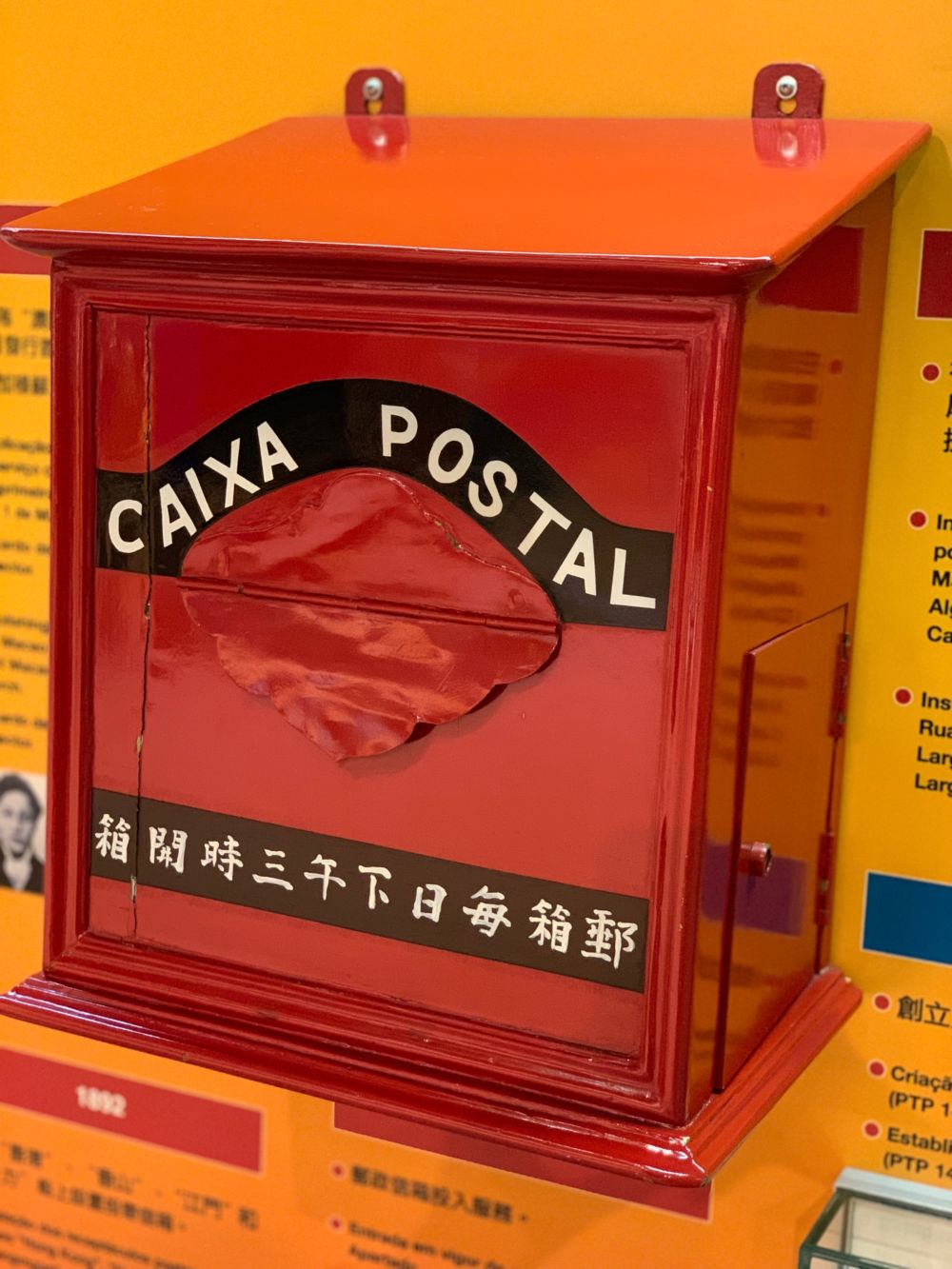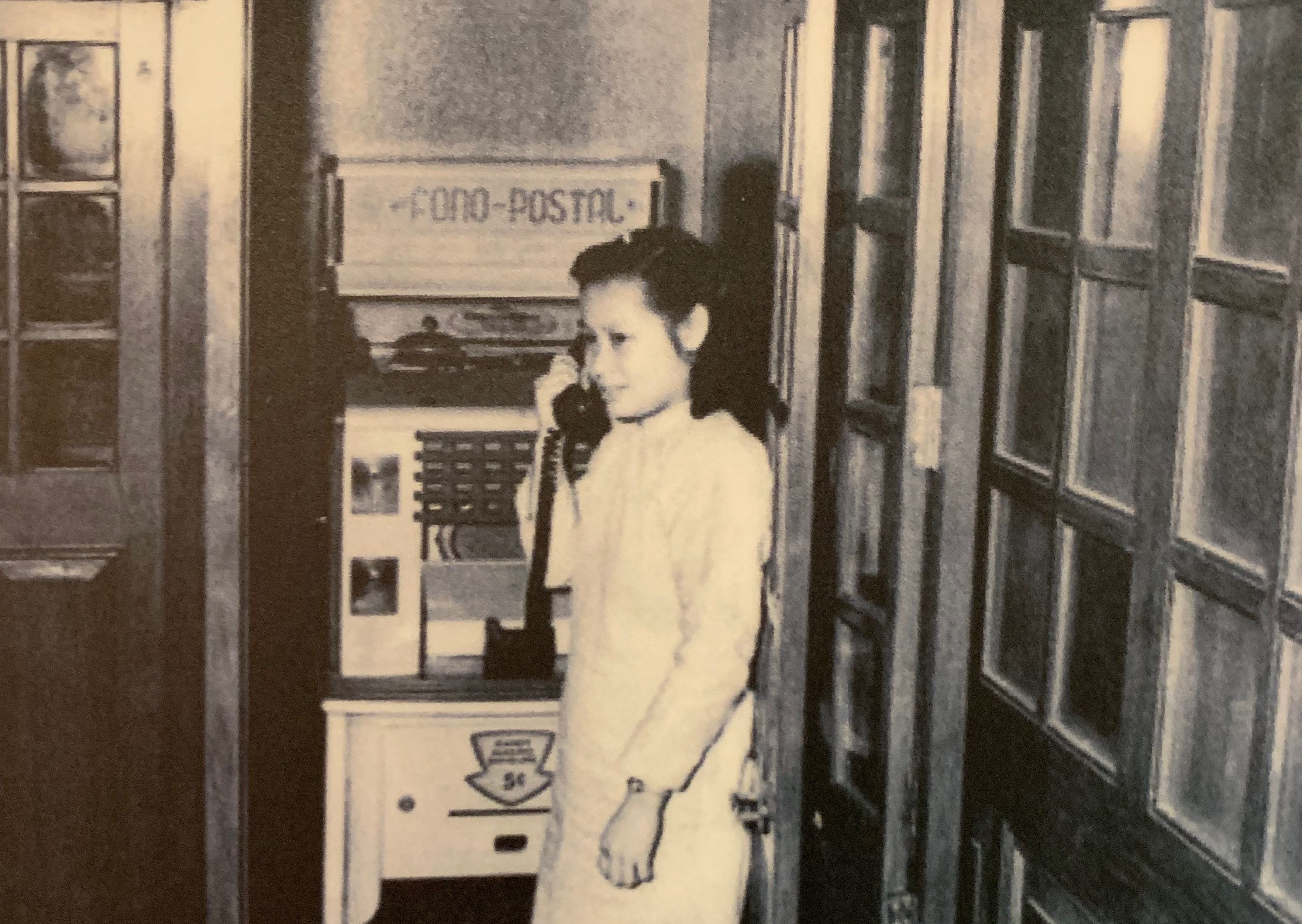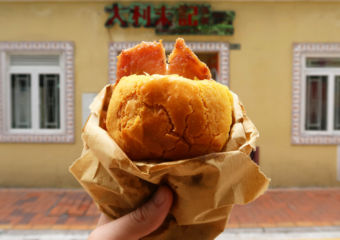If you have been in Macau long enough–or are a historically curious tourist–you must have noticed that huge and majestic building on the left side of Senado Square. It has been there since the start of the 20th century and it’s the Macau Post’s (locally known as CTT) main headquarters, inaugurated in 1929 after some construction-related issues. In 1992, the building entered the Macao Heritage List–which includes the region’s most renowned monuments with architectural or historical value – and it’s classified to this day as one of “architectural interest”.
The region was, until December 1999, a protectorate of Portugal. It was never colonized like other regions were, but ruled by the Portuguese government for centuries through a contract between China and Portugal. However, there is an entire story leading to the construction of the building itself. Macau is quite uncommon when it comes to the implementation of rules, legislation, or instructions due to its status across time. Being so, most rules in force in Portugal were also applicable to the other places the country governed, like Macau.

The Most Modern of All
It was the Portuguese queen D. Maria I who first mandated, in 1798, that both Portugal and its colonies (as Macau was perceived) should all have postal services via sea. The region thus became the first in China to offer modern postal services. Macau Post was officially established on March 1, 1884, and started by offering the population postal services as simple as sending out and receiving letters. Ricardo Sousa was appointed the director and worked from a building located between Rua de Santa Clara and Rua do Campo.
The city’s first stamps were also issued around this time. Soon, the population started growing and more facilities were needed, hence the creation of reception points at four boats: Hong Kong, Heungshan, Kuongmoon, and Perseverance. Main streets such as Rua da Penha, Rua da Praia do Manduco, Largo do Pagode and Rua do Campo also got pillar boxes in 1910. It took almost 10 years to cover the whole region with these boxes: in 1921, Taipa and Coloane (both islands at the time) were also equipped with it.
In 1918, due to the dictatorship, Portugal was under at the time, the Political and Civil Division issued an order for the establishment of a censorship department office destined to oversee all the incoming and outgoing items by ship. One was in fact created in the Post Office director’s office. This was also the year the Main Inspector of the Colonial Post Offices and Telegraphs requested for the construction of the post office’s headquarters due to its “urgency and necessity”. The building turned out to be a combination of projects by Portuguese architect Carlos Rebelo de Andrade (who was responsible for it between 1919 and 1921) and Chinese architect Chan Kun Pui.

CTT Headquarters: a Tale of Telephones and Telegraphs
The official building that we can all still see at Almeida Ribeiro Avenue is there since 1929. Its construction was needed due to the high amount of services that started operating in Macau. Things quickly went from post office related services to telegraph sending and receiving. In 1933, the Eastern Extension Australasia and China submarine cable was transferred to the Macao Post. The first Radio Broadcasting Station in town was also established in the same year in the post office headquarters. However, it wasn’t until the 1950s that people were able to call each other between the island and the peninsula. In 1953, CTT was responsible for the installation of submarine cables linking Macau, Taipa, and Coloane.
International phone circuits started even earlier (1952), with the establishment of Macau’s first routes to the outside: Manila, Tokyo, and Lisbon. During the 40s, efforts were made to install and operate communications with cities in China, including Shiqi, Guangzhou, and Jiangmen.
Flying deliveries
People were already sending mail and items by air in so many other countries for some time when this service finally became available in Macau. 1937 marks the year when the first suitcases were expedited to Lisbon and Goa via plane. It took more than 10 years for bags to be shipped through Philippine Airlines.

A Neighbourhood for Technicians & The Macao Post Practical School
People in this line of work would all be housed in a neighborhood specially designed and built for them: workers of the Macao Postal Services and their families would all stay in a housing complex located at Almirante Lacerda Avenue. According to the Macau Official Gazette, the local government granted the CTT the “useful domain of two pieces of land close to Avenida Almirante Lacerda and Avenida Ouvidor Arriaga for the construction of an economic quarter destined to house their workers”.
In addition to being in a far corner of China, Macau has fewer resources when compared to regions such as Hong Kong, including the labor force. Thus, the need to found a school to teach aspiring Post Office workers how to deal with all the new technology. The Macao Post Practical School was established during the 50s and started its first Postal-Telegraphy, Radiotelegraphic, and Electric Mechanical courses in 1955.
The Times They Are a-Changin’
Email is key nowadays and it can even be more complex and difficult to send something through the post office. However, there are still loads of options from the conventional postal services to quicker ones provided by international companies such as DHL or FedEx. There is a world of choice when it comes to sending something far away.
The 90s were particularly fruitful regarding the evolution of the Macau Post. In 1991, the local government signed the Agreement for the Coordination of Television and Radio Broadcasting Frequencies with Guangdong Provinces, while 1996 marks the launch of electronic P.O Boxes.
To know more about the Macau Post Office, visit the Communications Museum and browse through their official website for more details.
Opening hours: Daily, 9:00am–5:30pm, closed on public holidays
Communications Museum 7 Estrada de D.Maria II, Macau, +853 2871 8063, +853 2871 8570, www.cmm.gov.mo




































